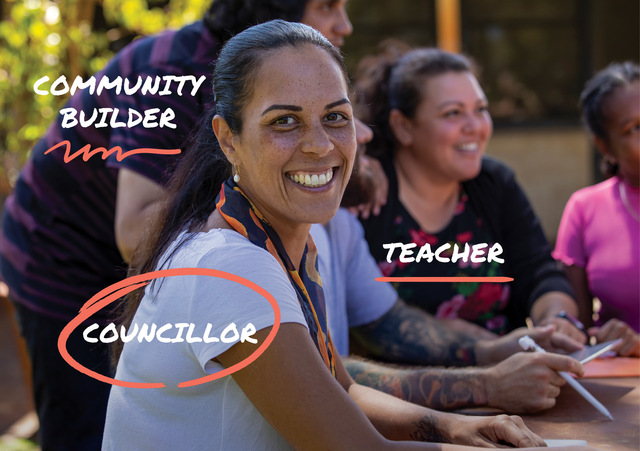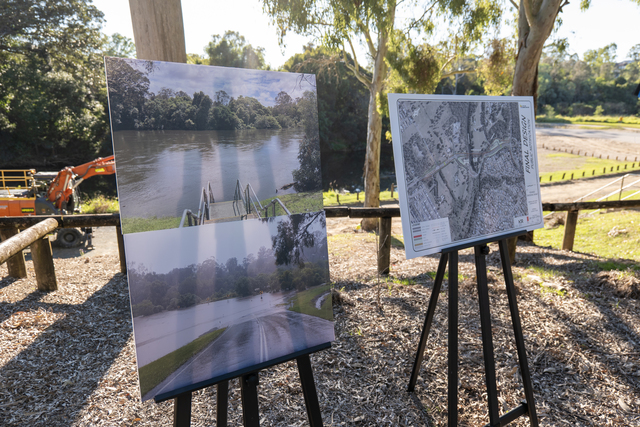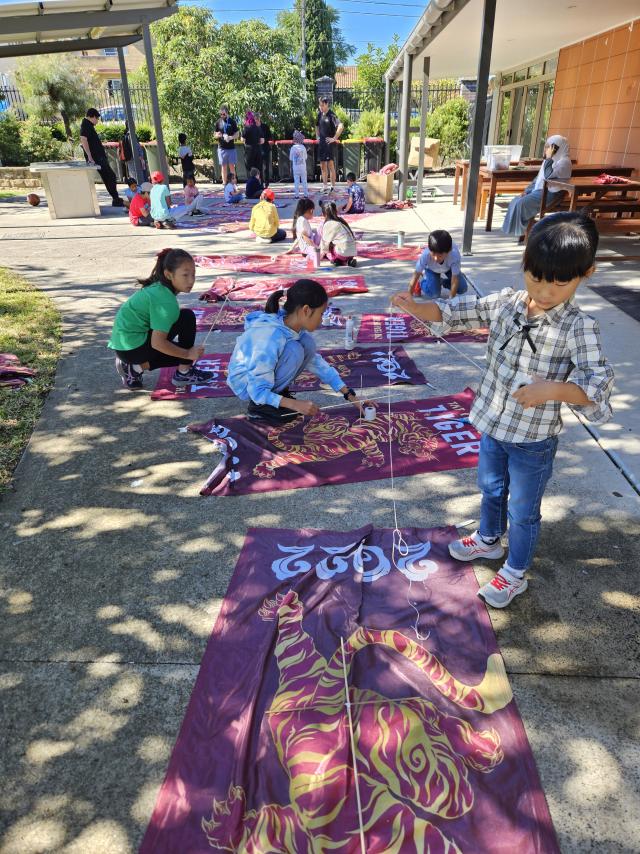Indigenous leaders, governments and many others have expressed the view over many years that government programmes could work better for Indigenous communities. Through the Council of Australian Governments (COAG), the Australian Government, with State and Territory governments, agreed in April 2002 to trial a new approach.
These governments have agreed to work together to improve coordination and delivery of services in Indigenous communities and to work in partnership with those communities to support them to develop and implement long lasting solutions to local problems. Through discussions and consultations with Indigenous communities around the country, the opportunity for up to ten nominated communities to develop a different kind of relationship with governments is being offered.
Part of this new approach is the understanding that each region or community is different and may have different priorities. An important part of the new approach is that governments help communities to identify their local and regional priorities and agree outcomes that are documented in local agreements.
To date, a number of Indigenous communities have agreed to work with governments in this way: Cape York in Queensland, Wadeye in the Northern Territory, Anangu Pitjantjatjara (AP) Lands in South Australia and the far east Kimberley region in Western Australia.
Each of these communities is now a COAG Indigenous site.
Council of Australian Governments Western Australia site project
A number of Australian Government department secretaries are sponsors of nominated COAG Indigenous trial sites. The Department of Transport and Regional Services is the lead Australian Government agency in the Western Australia project. The Department already had a level of commitment in the Kimberley region through the Kimberley Area Consultative Committee, Sustainable Regions Programme and broader departmental programmes.
The Department, the Western Australian Department of Indigenous Affairs and the Halls Creek Shire Council will take lead roles in coordinating across government agencies and working with the Indigenous communities in the region. There are five Indigenous communities involved – Wirrimanu (Balgo), Yakka Yakka, Mulan, Mindibungu (Billiluna) and Kundat Djaru (Ringers Soak) – with approximately 1,200 people in total in a site that covers 26,000 square kilometres.
Community members are positive about the project. David Skeahan, Chairman of the Tjurabalan Native Title Land Aboriginal Corporation said he thought the trial could make a difference. “When government people come out one by one, a lot of our time is taken up meeting with them and they don’t seem to talk to each other when they go back,” he said.
Communities participating in the Council of Australian Governments projects will be able to use the budgeted funds to kick start a wide range of projects to build capacity and improve social and economic wellbeing. This funding will allow testing and modelling of innovative approaches that will have a potential to be applied more broadly in other areas.
Progress to date
The Lingiari Foundation has been engaged by Aboriginal and Torres Strait Islander Services (ATSIS) to conduct a scoping study to look at the range of issues facing communities in the Western Australian site, and how community members would like to deal with them. Lingiari is currently working with all the communities, helping them to develop their skills, making sure all views are heard and collecting information. It is expected the study will be completed by March 2004.
The Departments of Transport and Regional Services and Family and Community Services have combined resources to fund a Community Initiatives Officer to progress this project. Mr Peter Jebb, who started in June, will be based in the Halls Creek Shire Chambers. His key responsibility is to support a whole of government approach to doing business with the communities in the region.
Consultations between Australian Government partners
Fortnightly meetings of Australian Government, Western Australian Government and Halls Creek Local Government officials are held to discuss and progress issues. The Western Australian heads of appropriate Australian Government agencies attend monthly meetings in Perth to ensure information is shared and specific issues are discussed and progressed.
Community consultations
Before the announcement of the agreement to work together, officers from the Department, the Indigenous Communities Coordination Taskforce (ICCT), ATSIS and the Western Australian Department of Indigenous Affairs visited Billiluna, Mulan, Balgo and Kundat Djaru to discuss key issues raised by communities.
These included the following.
- Establishing a Community Reference Group to assist with community governance and overall decision making during the project. The Group would have two representatives from each of the communities and a person from the Shire, the Department, Western Australian Department of Indigenous Affairs, ATSIS, ATSIC and the Tjurabalan Land Corporation.
- Developing a proposal for two Community Consulting Agents from each of the communities who would receive employment and training and provide communities with an avenue for having a ‘voice’ within the Group.
- Developing a ‘Community Safety – Grog and Justice’ initiative which would include a number of individual workshops tailored to meet community needs.
- Establishing an administration centre in Billiluna (location to be confirmed by the communities) which would provide a place for community meetings.
The way ahead
The Halls Creek Shire Council President, Lynette Craig, expressed her strong support for participation in the project.
“The Council has already started to change the way it does business to maximise the opportunities for Indigenous people throughout our Shire,” she said.
All parties agree that the key issue is for Aboriginal people to be in a position to take responsibility for the management and long term planning of their communities. This means a serious investment by the communities, and all levels of government, to build capacity and develop effective governance.
More Indigenous trial sites are expected to be announced soon.







